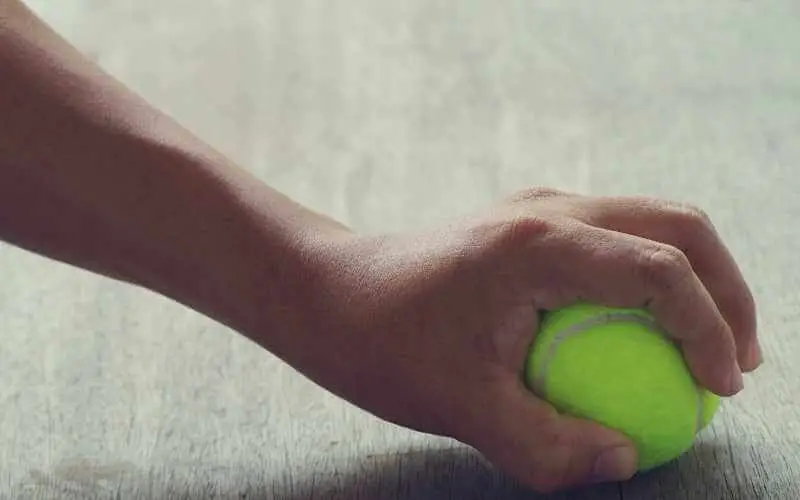Polyurethane is a common wood sealer for hardwood floors due to its durability and high water resistance. However, this doesn’t make them immune to scuff marks and scratches gotten from a shoe or furniture foot.
These marks can ruin your floor’s appearance, but thankfully, there are ways on how to remove scuff marks from polyurethane hardwood floors, one of such ways is the use of baking soda; a tennis ball is another unconventional method of removing scuff marks from polyurethane hardwood floors.
The high durability of polyurethane protects your hardwood floor as you try to remove scuff marks, especially since the commonly used methods don’t require abrasive scrubbers or heavy-duty solvents.
How to Remove Scuff Marks From Polyurethane Hardwood Floors
Table of Contents
Clean the Affected Area
Start by cleaning the area with the scuff marks as well as removing debris and ground-in dirt which could cause further scratches if not attended to.
Dampen a clean cloth with a hardwood detergent and clean the affected area until you achieve the desired effect; you may need to vigorously scrub the area. When the floor is clean, wipe the area dry with a clean cloth.
Using Baking Soda
Baking soda is a handy and versatile cleaning agent; it can be used to remove scuff marks off any type of floor, not just hardwood.
You simply need to prepare a baking soda mixture by combining two tablespoons of baking soda with one cup of warm water. Mix the two ingredients until you get a paste which you can use to scrub the affected area.
This is a great removal method for heavy scuff marks on polyurethane. You can also apply baking soda by sprinkling a small amount on the scuff marks, then use a soft, damp cloth to buff the affected area until the scuff is no longer visible.
When the marks are lifted, use a damp cloth to wipe the area to remove the baking soda residue and wipe the area dry with a clean cloth.
Read: How to get scuff marks off gym floors
Using a Tennis Ball
If you are dealing with tough scuff marks or the damage covers a large area of the floor, this is an effective removal method.
Start by cleaning the affected area with a damp cloth before wiping it clean with another dry cloth; when the floor is clean, use a tennis ball to rub the affected areas firmly.
You can cut an “x” into the tennis ball, so you can place it on the end of a broom handle, and you get to hold a broom instead of holding the tennis ball in your hand. Rub the scuff marks firmly until it is lifted.
Using a Tennis Shoe
This is an effective scuff removal method, although it may not seem like it. For this, you’ll need a clean, light-soled tennis shoe, place your hand on the heel of the shoe, and set the shoe sole over the scuff mark.
Twist the shoe a couple of times while applying light pressure to the heel; this should effectively lift up the scuff mark. Although this is an effective method in removing scuff marks, you need to avoid dark soled shoes.
Read: How to remove surface scratches from hardwood floors
Use an Eraser
You can use an eraser to remove scuff marks from hardwood floors; you’ll need a large light-colored pencil eraser that’s free of residue or grime; better still, you can use a fresh eraser.
This method is best suited for removing scuffs from lighter-hued floors, and you need to ensure you apply the right pressure when scrubbing to avoid damaging your floor any further.
This method should be used as a last resort. You will need a pencil eraser for this process, which should be rubbed firmly on the scuff mark until it is lifted. Then use a clean cloth to remove the eraser residue and wipe the area dry.
Read: How to fix dents in prefinished hardwood floor
Conclusion
You can remove scuff marks from polyurethane hardwood floors using quite unconventional items like a tennis ball, tennis shoes, or an eraser. Each of the removal methods discussed above makes use of easy tools you can easily lay your hands on; this ensures that you get your floor back to its original state with little energy.

